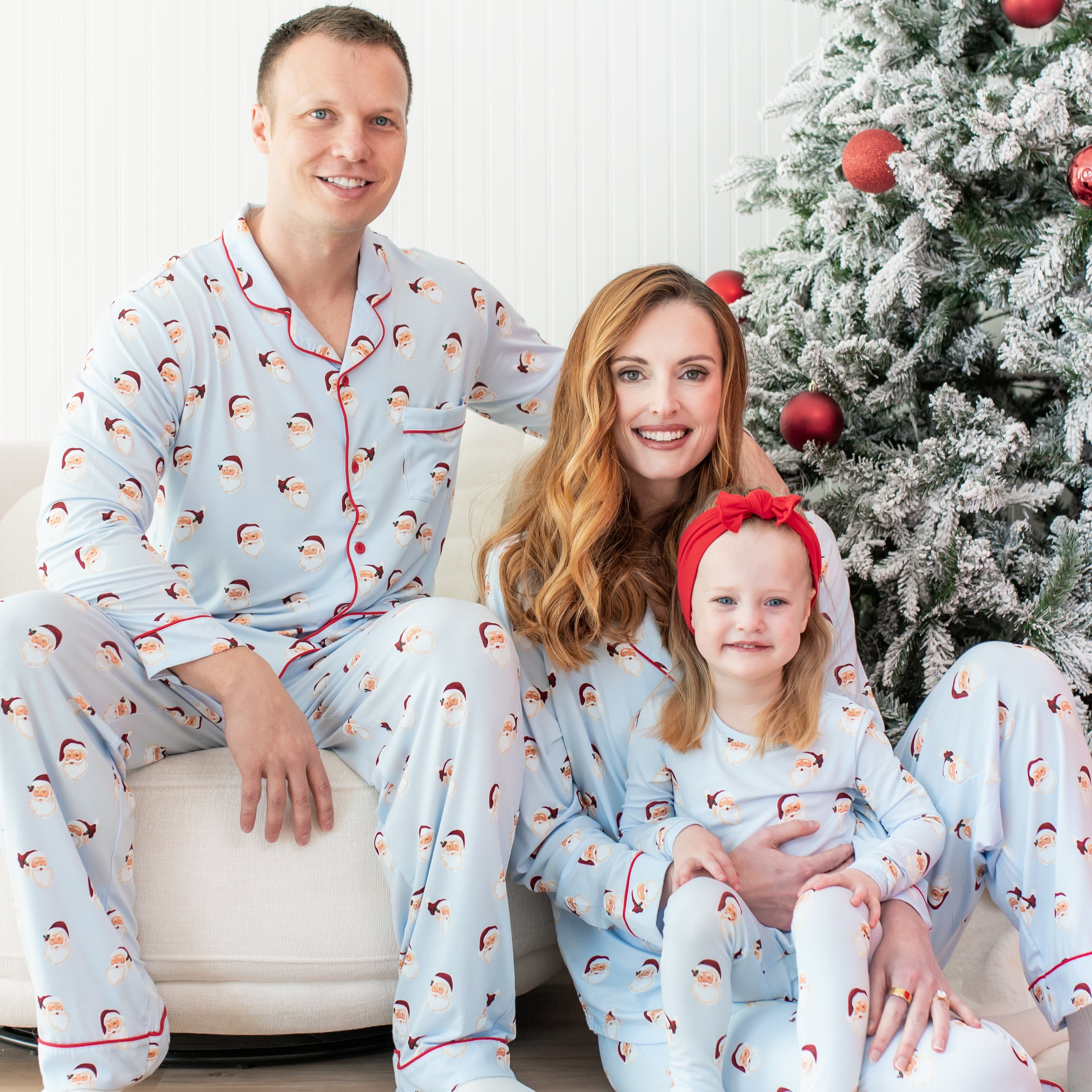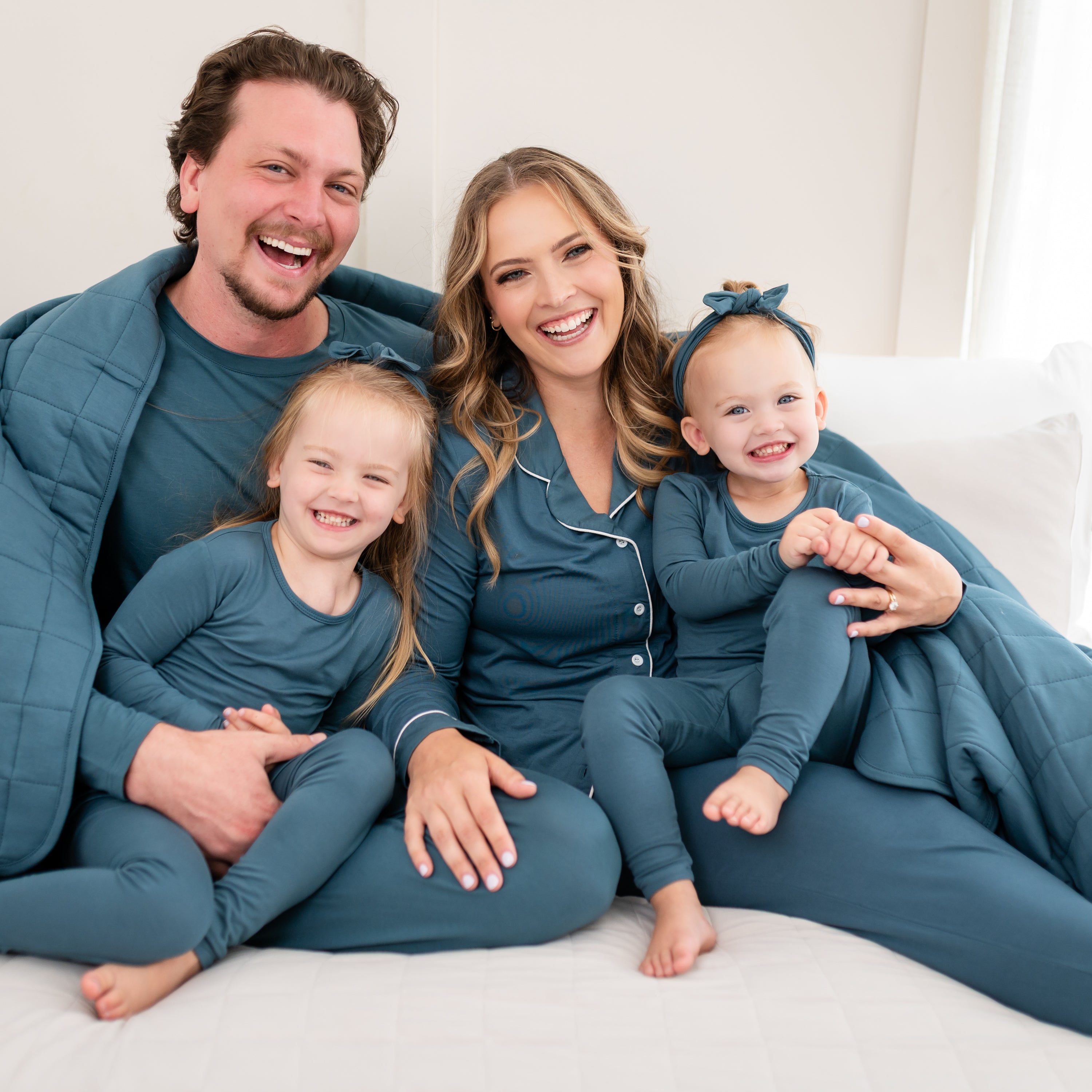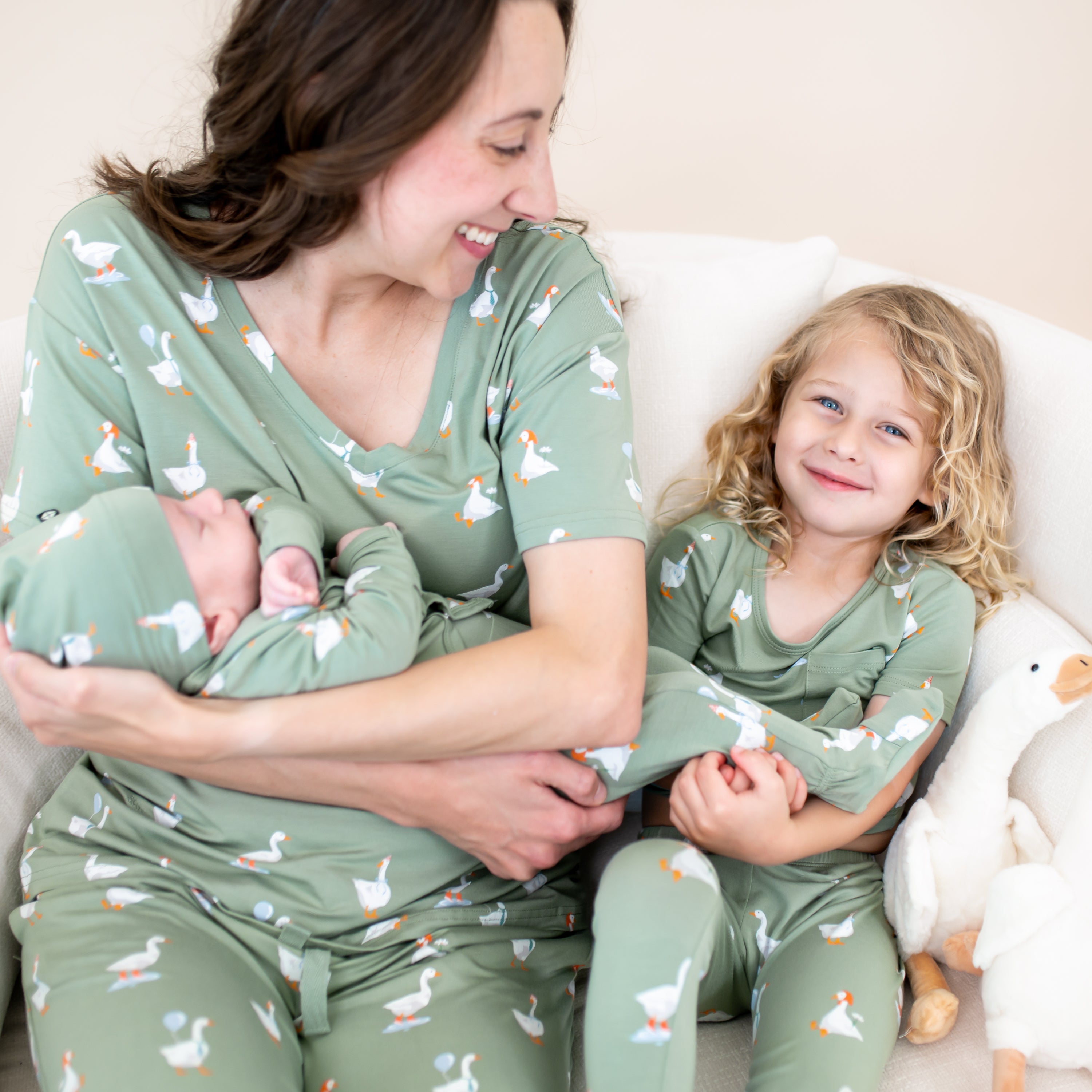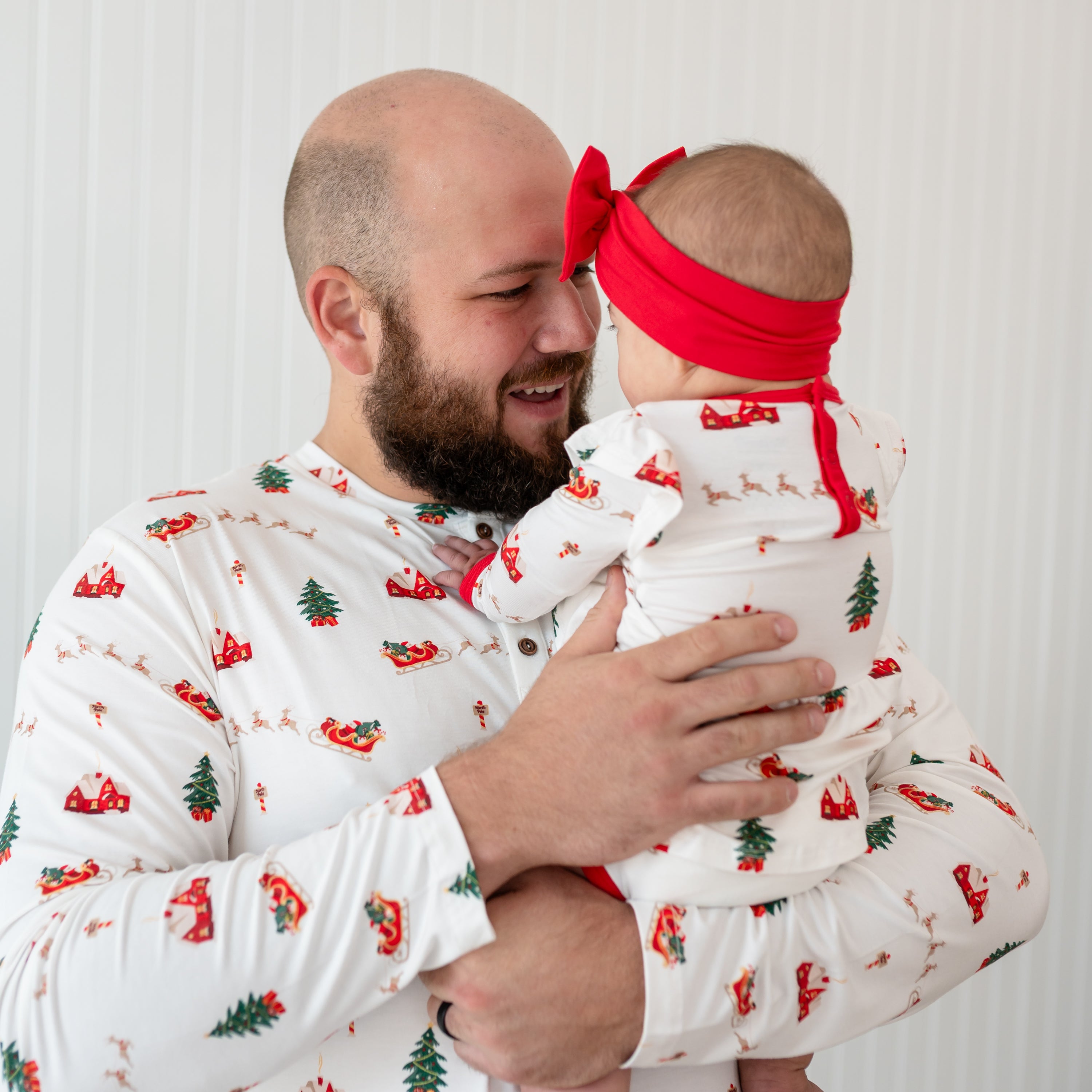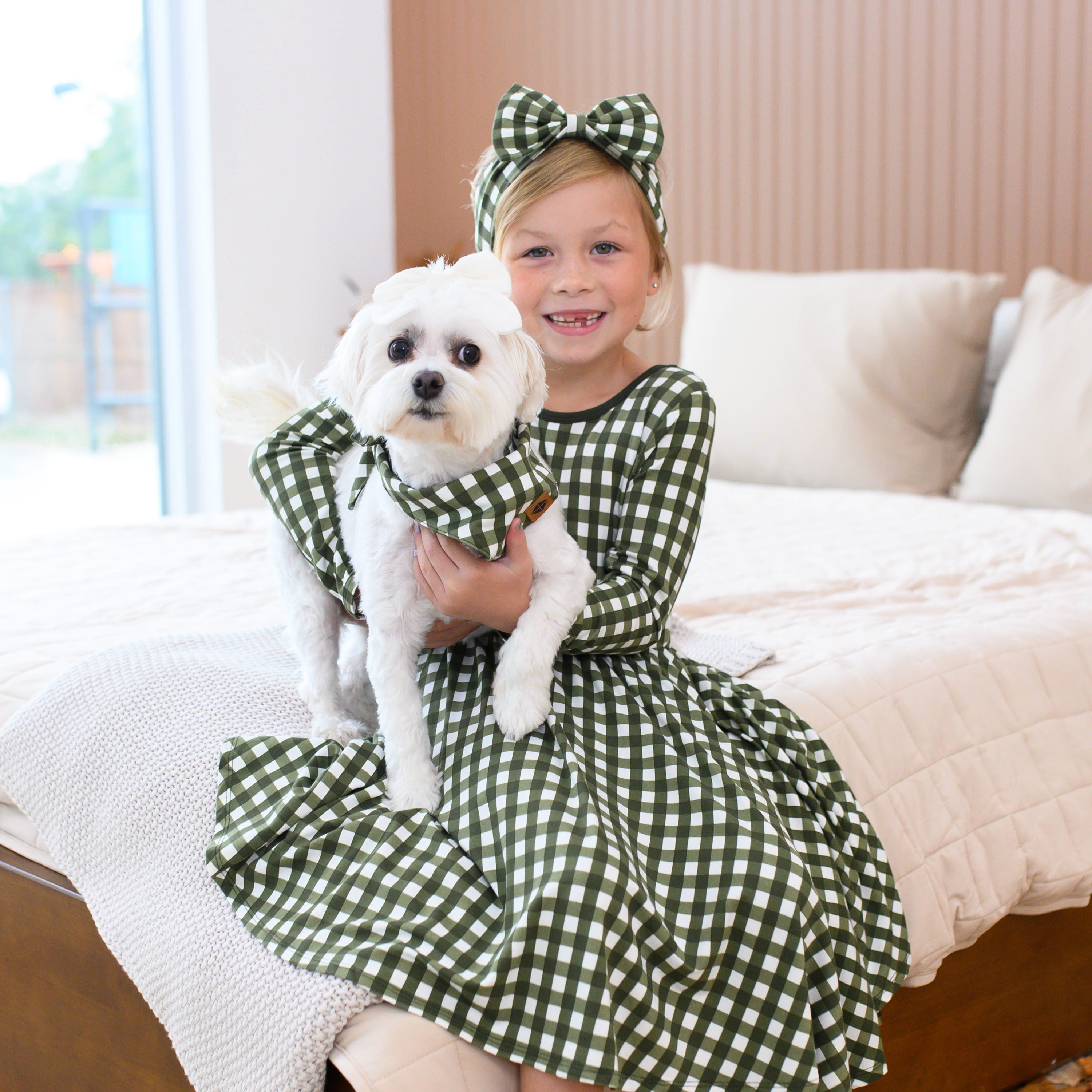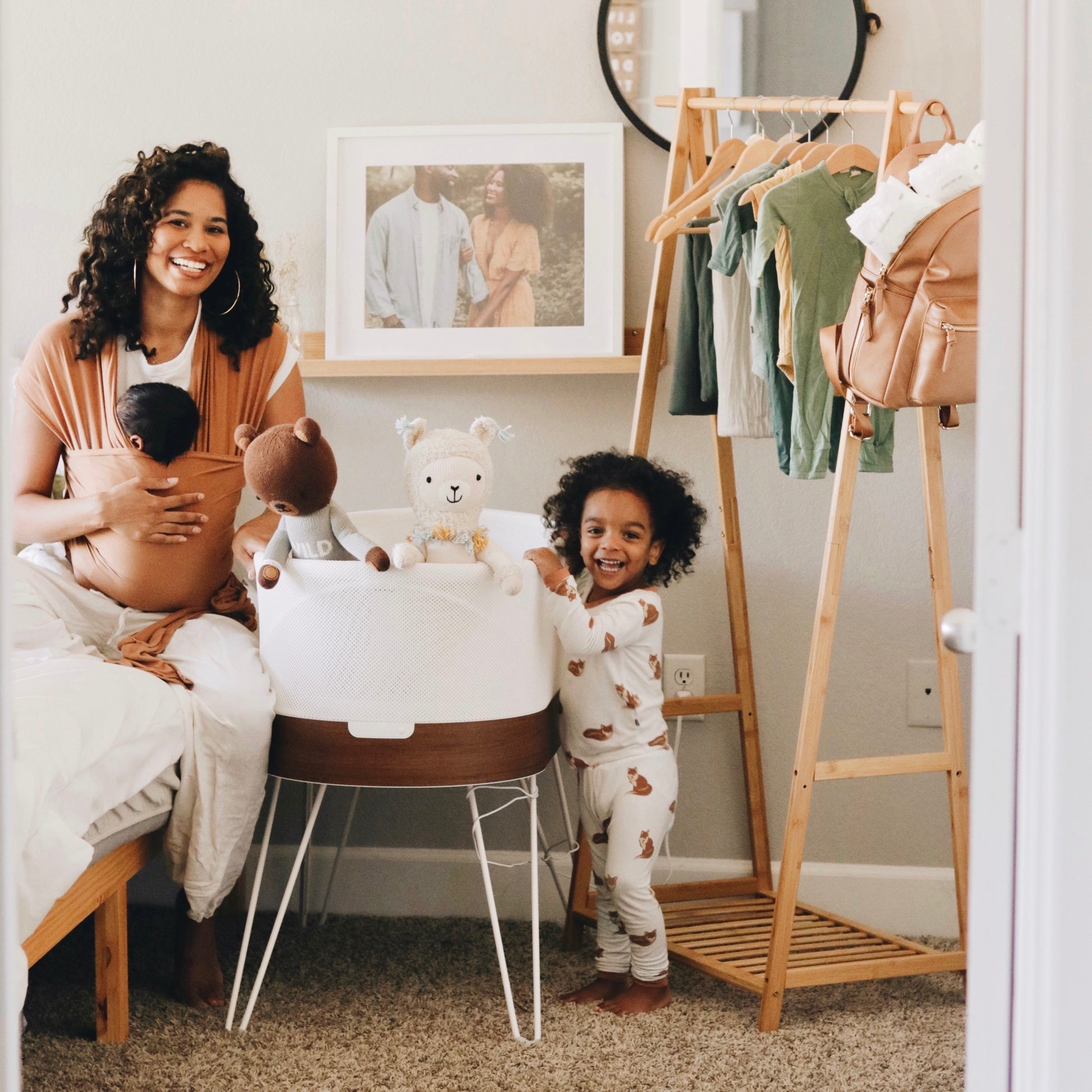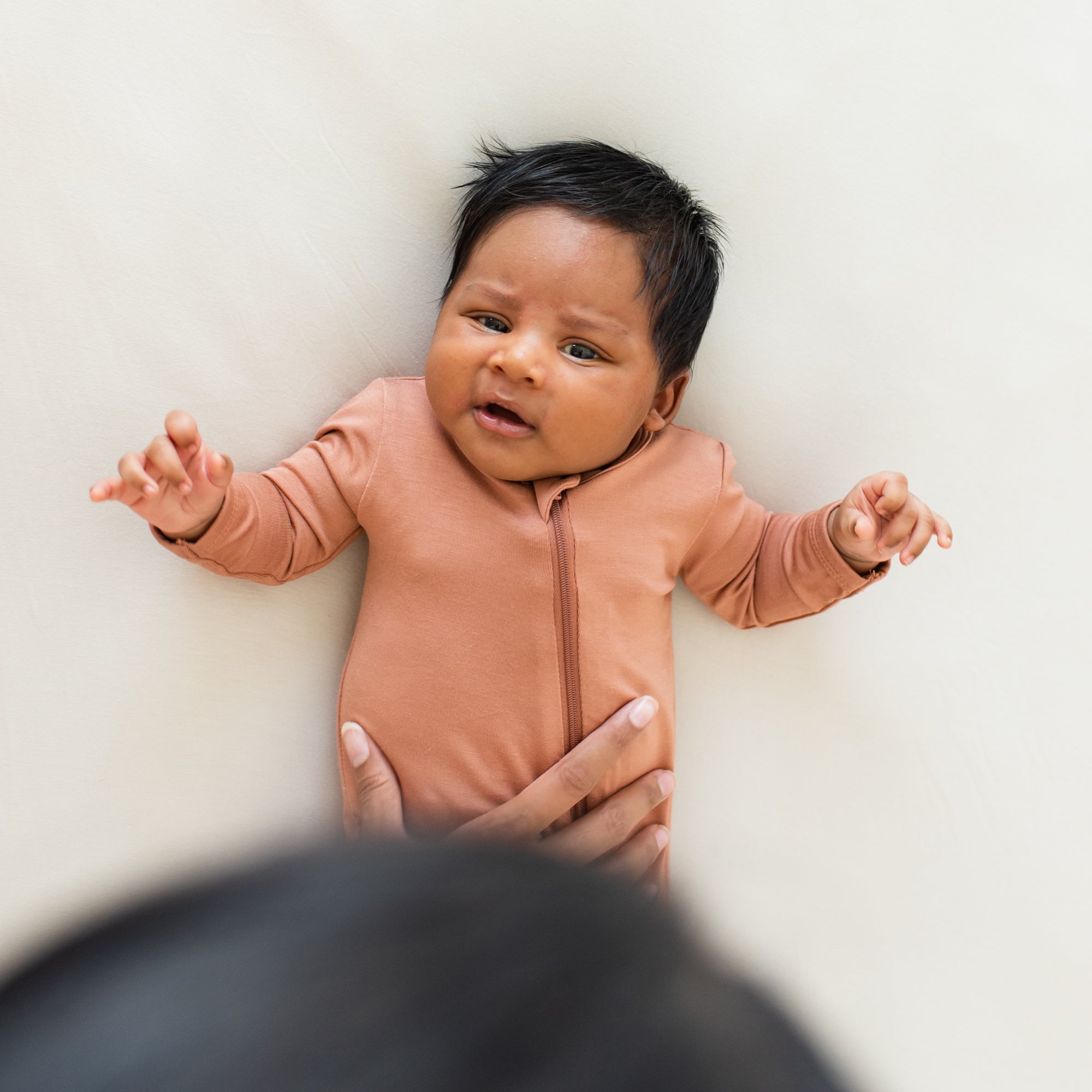Making sure your child is dressed appropriately for sleep can feel like one of the biggest conundrums as a new parent. Because babies aren’t able to regulate their body temperature the way adults can, and are prone to both the cold and heat, it can be stressful trying to make sure they’re in the right type of clothing. We wish babies came with a user manual, but since they don’t, we’re here to give you all the information you need to confidently dress your baby for sleep.
Do Appropriate Layers Matter When Dressing a Newborn for Sleep?
Babies are not as adaptable as adults to temperature change. Babies can lose heat rapidly—as much as four times more quickly than adults! This is even more of a concern for premature and babies with low birthweight because they typically have little body fat and may be too immature to regulate their own temperature in even warm environments. Even full-term and healthy newborns may not be able to maintain their body temperature if the environment is too cold. The reason this can be dangerous for infants is because cold stress causes them to use energy and oxygen to generate warmth.
While babies should be kept comfortably warm, overheating is another danger in itself, as it’s a risk factor for sudden infant death syndrome (SIDS). The American Academy of Pediatrics (AAP) recommends that parents and caregivers avoid underdressing or overdressing their babies, but finding that perfect balance isn’t always easy for a new parent to figure out.
So, how do you know if your baby is comfortable? First, consider yourself! Are you comfortable in what you’re wearing? If your baby is dressed similarly to you, then they’re likely comfortable, too. Second, check the back of their neck or their chest to determine their body temperature (the hands and feet are not a good gauge).
Signs Your Baby is Too Warm When Sleeping
- Sweating
- Damp hair
- Heat rash
- Red cheeks
- Heavy breathing
Signs Your Baby is Getting Cold When Sleeping
- Hard to rouse
- Lethargic
- Decreased appetite
- Difficulty eating or not wanting to eat at all
What TOG Should I Use and How Do I Layer for Different Temperatures?
Dressing your baby for sleep is based on the ambient room temperature. If your baby seems too cold in 1.0 TOG, all they might need is a little adjustment. Layering the right pajamas underneath their sleep bag can help them stay at the perfect temperature all night. Here are some temperature ranges to help you choose the right Kyte Baby TOGs to dress your little one:
0.5 TOG is rated for 74-78 deg F or 23-26 deg C:
- Onesie only if it’s above 75 deg F
- Long sleeve bodysuit, romper or footie if it’s ~70-75 deg F
1.0 TOG is rated for 69-73 deg F or 21-23 deg C:
- Bodysuit only if it’s ~70-75 deg F
- Long sleeve bodysuit, romper or footie if it’s~ 69-73 deg F
2.5 TOG is rated for 61-68 deg F or 16-20 deg C:
- Bodysuit only if it’s ~64-68 deg F
- Long sleeve bodysuit, romper or footie if it’s ~61-63 deg F
You can also double up on layers. For example:
- 1.0 TOG with a short or long sleeve bodysuit AND a footie if the temperature is lower than 69°F
- 2.5 TOG with a short or long sleeve onesie AND a footie if the temperature is lower than 61°F

Remember, feel the back of their neck or their chest to determine if they’re the right temperature while sleeping. Since every baby is different, it’s always good to check their body temperature even when you’re using the right TOG. Since bamboo is 3 degrees cooler than cotton and assists in temperature regulation by allowing heat to escape, a bamboo sleep bag may give you even more peace of mind than a cotton sleep sack.
What is the Recommended Room Temperature While Baby is Sleeping?
According to the AAP, the recommended room temperature is between 68-72 degrees F. This isn’t always achievable in the summer or the winter, so you may consider using a box fan to help air circulate and, of course, layering appropriately to keep your baby comfortable!
It can be stressful trying to figure out how exactly to dress your baby for sleep, but with TOG and your baby’s personal preferences to guide you, you’ll have it figured out in no time at all.
About the Author:
Ashley Olson is a certified pediatric sleep consultant, owner of Heaven Sent Sleep, and passionate about helping new parents, experienced parents, desperate and sleep deprived parents form healthy sleep habits for their children.
She has over 3 years of experience in working with families and has completed over 150 hours of coursework plus continuing education related to infant and toddler sleep. The focus of her work is on fostering a routine that grows your bond with your child while improving their sleep habits. She specializes in custom sleep plans and one on one support in changing sleep practices!












